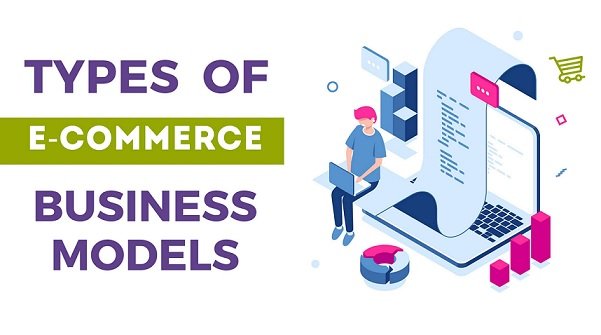Over the last two decades or so, e-commerce has completely revolutionized the business landscape, bringing huge opportunities to some firms, while causing the collapse of many of our most famous and previously successful retailers that chose to ignore the impending change in buying habits.
Love it or loathe it, there can be little denying that e-commerce is most definitely here to stay and the sector is forecast to grow by a whopping 385% in this decade alone.
The e-com model can bring tremendous advantages to forward-thinking companies and allows them to reach out to new clients in entirely new markets. Done right, it could have a transformative effect on your business and lead to huge expansion.
Choosing the Right E-Com Model for Your Firm
Whether you’re an established business or are looking to start a new online retail company, there are many established models you could choose from. In truth, for the greatest success, you’ll likely end up becoming a hybrid firm that uses more than one approach, however, the most common models include:
Drop-shipping: In the drop-shipping model, you essentially become a conduit between the supplier and the consumer. The advantages of drop shipping include not having to hold any stock or pay for warehousing, postage, packaging, and so on. However, there are a couple of potential drawbacks – namely if the supplier you work with is slow to process orders or ships inferior quality or broken goods. Nonetheless, this model is worth considering for a low-cost entry approach.
Subscriptions: The subscription model has grown hugely in popularity in recent years among both consumers and retailers. One of the key advantages of offering subscriptions is you’ll have a relatively guaranteed source of income. Commonly, subscription retailers tend to offer personal care, clothing, beauty, and food products. If you can make it work, running a subscription business can be one of the most reliable ways to generate money.
Wholesaling: With the wholesaling model, you’ll have to pay for the warehousing of your goods. Plus, you’ll also handle all client orders, manage inventory, and trace client details. You will also have to trust the warehouse firm to find you the best delivery options. In many cases, this will involve them finding a reliable and reputable ltl freight shipping company, such as Shiply.
Manufacturing: This model is particularly well-suited to those that have a great idea for a product or service but perhaps lack the finances to invest in building a factory to produce the goods. By going the manufacturing route, you will typically send the designs for your product to an already-established firm that has the skills and tools to take your idea to the prototype stage and then to final manufacturing and delivery.
White label: The white label model is a little like manufacturing, except, in this case, you resell items made by another firm but with the option to brand them as your own. However, while the model sounds like the ideal low-risk solution, there is one significant potential drawback – namely that manufacturers typically require a minimum order that you’ll have to pay for upfront with no guarantee that your end product will sell.
